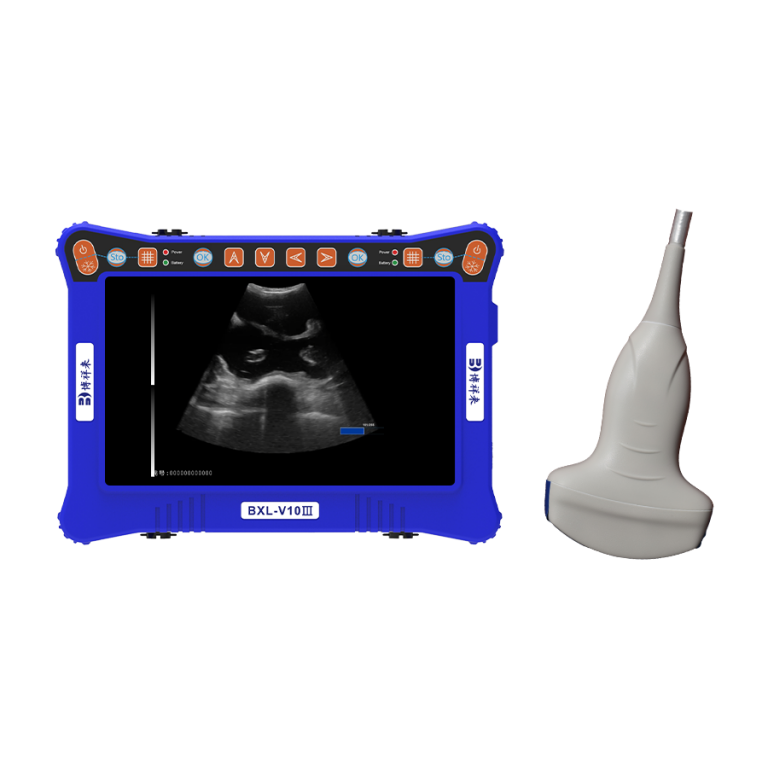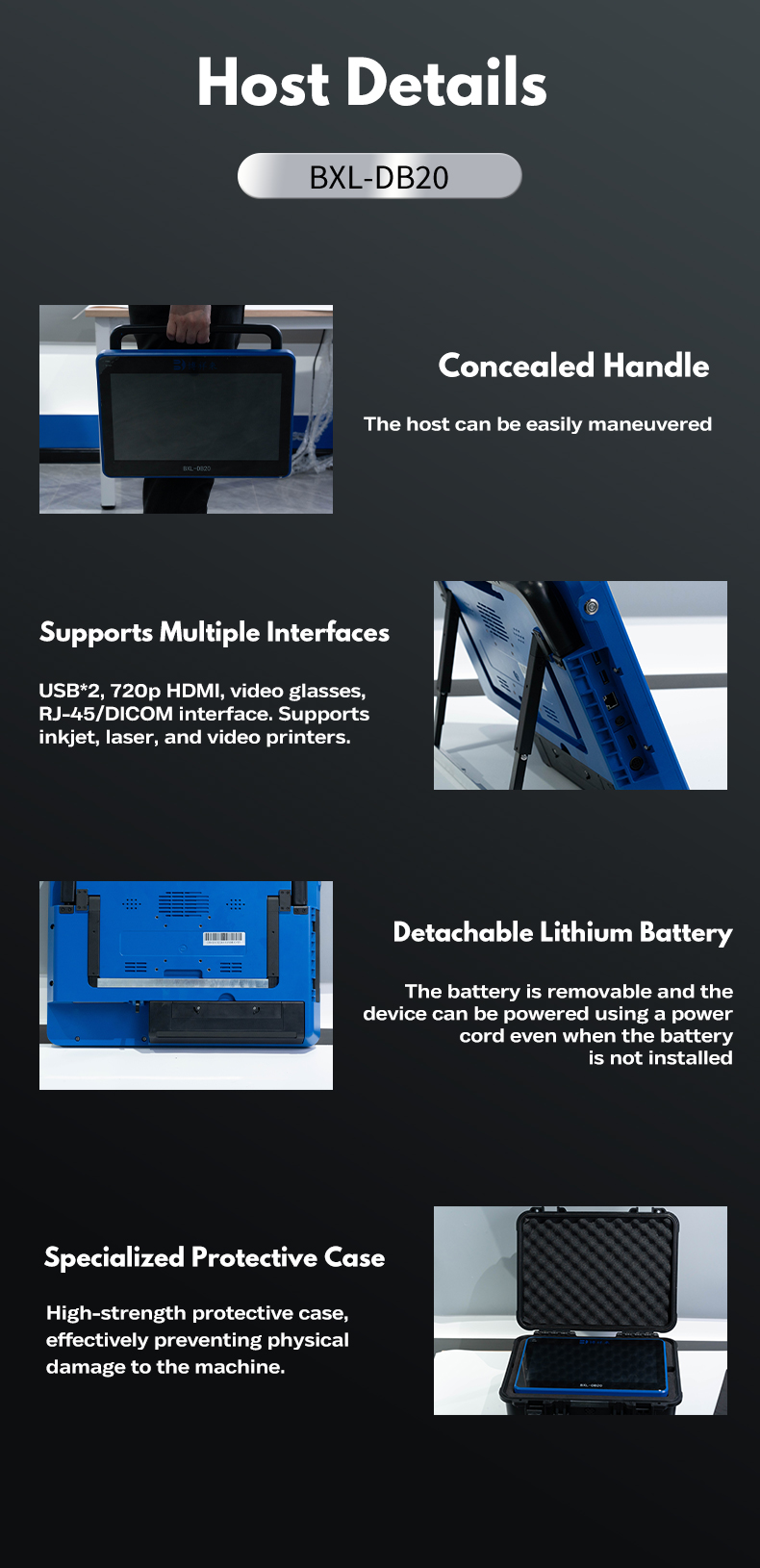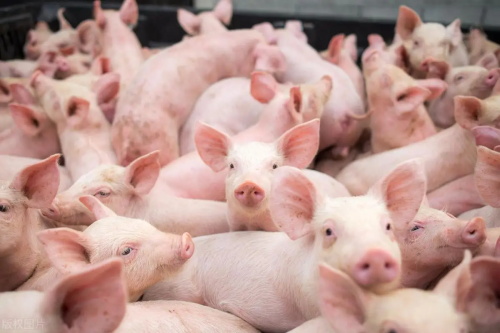What is a Veterinary OPU Ultrasound Machine?
Veterinary OPU (Ovum Pick-Up) ultrasound machines are specialized diagnostic tools designed to assist in the collection of oocytes (eggs) from livestock and companion animals. These devices integrate high-resolution ultrasound imaging with precision needle guidance systems, making them essential for assisted reproductive technologies (ART) such as in vitro fertilization (IVF) and embryo transfer. This article explores what a Veterinary OPU ultrasound machine is, its key features, benefits, and applications in modern veterinary reproductive practices.

Overview
A Veterinary OPU ultrasound machine is engineered to provide real-time imaging of the ovaries, allowing veterinarians to accurately locate and aspirate ovarian follicles. This non-invasive procedure enhances reproductive efficiency by enabling the collection of high-quality oocytes from genetically superior animals. The machine’s advanced imaging capabilities help ensure that the ovum pick-up procedure is both precise and safe, minimizing animal stress and improving overall outcomes.
Key Features
High-Resolution Imaging
- Crystal-Clear Visualization: High-frequency transducers provide detailed images of ovarian structures, ensuring that even small follicles can be detected.
- Real-Time Feedback: Live imaging allows veterinarians to monitor needle placement and follicle aspiration as the procedure unfolds.
Ultrasound-Guided Needle Insertion
- Precision Needle Guidance: Integrated needle guidance systems help direct the aspiration needle accurately into the targeted follicles.
- Multiple Needle Applications: Some models support simultaneous use of multiple needles, increasing the efficiency of oocyte collection.
Portability and User-Friendly Design
- Compact and Lightweight: Many Veterinary OPU ultrasound machines are designed for ease of transport, making them ideal for on-site procedures in the field or clinic.
- Intuitive Interface: User-friendly controls and touchscreen displays facilitate quick learning and efficient operation, even for practitioners new to OPU techniques.
Versatility in Applications
- Species-Specific Adaptations: These machines are adaptable for use in various species, including cattle, sheep, goats, horses, and even small animals, ensuring wide applicability in diverse veterinary practices.
- Integrated Software: Advanced software packages offer measurement tools and data analysis features that support comprehensive reproductive evaluations and record-keeping.
Benefits for Veterinary Reproduction
Improved Reproductive Outcomes
- Higher Oocyte Yield: Enhanced imaging and precision guidance contribute to the retrieval of a greater number of high-quality oocytes, thereby increasing the success rates of IVF and embryo transfer procedures.
- Optimized Genetic Selection: By focusing on superior genetic donors, veterinary OPU ultrasound machines help improve the overall quality and productivity of breeding programs.
Enhanced Efficiency and Safety
- Reduced Procedure Time: Real-time guidance and multiple needle applications shorten the duration of ovum pick-up procedures, reducing stress on animals.
- Minimized Invasiveness: The non-invasive nature of ultrasound-guided aspiration decreases the risk of complications and promotes faster recovery.
Cost-Effective Operations
- Lower Long-Term Costs: Improved reproductive efficiency and higher success rates can lead to significant cost savings in breeding programs by reducing the need for repeated procedures and enhancing overall herd productivity.
Applications in Veterinary Practice
Veterinary OPU ultrasound machines are integral to modern reproductive management in various settings:
- Breeding Centers: Enhance the efficiency and accuracy of ovum pick-up procedures, leading to improved genetic selection and herd performance.
- Veterinary Clinics: Expand reproductive services by offering advanced ART procedures such as IVF, embryo transfer, and other assisted reproduction techniques.
- Research Institutions: Provide reliable tools for reproductive studies, aiding in the development of new techniques and technologies in animal reproduction.





